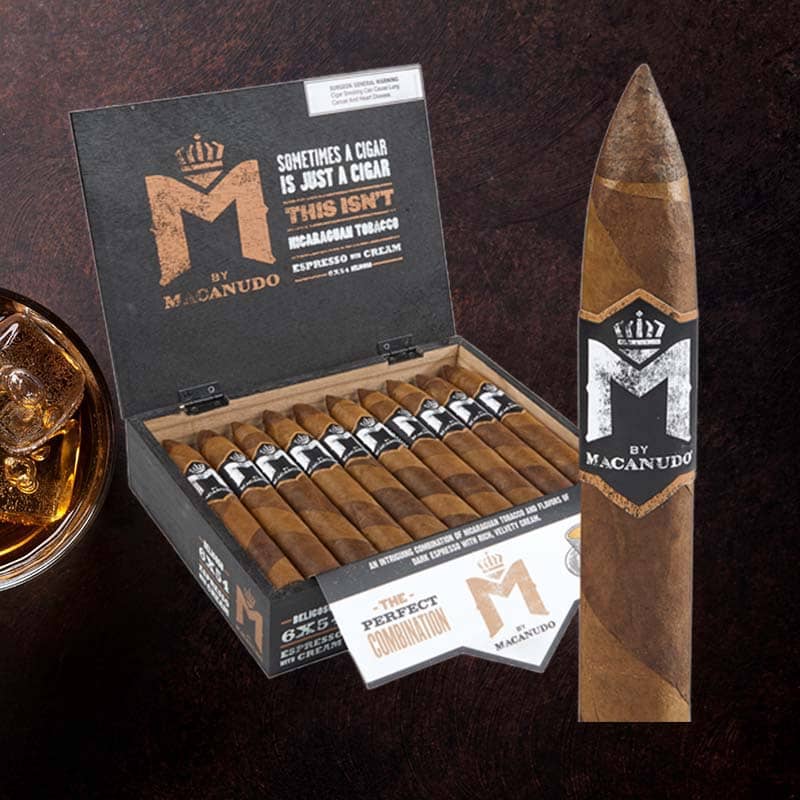Repair butane torch lighter
Einführung: Reparieren Sie diesen Jet -Feuerzeug, den Sie lieben
There’s something deeply satisfying about a well-functioning butane torch lighter. Whether you’re lighting up a luxurious cigar or whipping out your lighter for culinary endeavors, it becomes an extension of myself. When that reliable jet lighter suddenly refuses to ignite, I can feel my heart sink. Aber Angst nicht, repairing your beloved butane torch lighter is not just doable, it can also be a rewarding and engaging process.
Why You Should Repair Your Butane Torch Lighter
I believe there are numerous compelling reasons to take the time to repair your lighter rather than tossing it aside:
- Sentimentaler Wert: This isn’t just another lighter; it’s part of your personal story.
- Kostengünstig: Repairs are often much cheaper than replacing the whole unit.
- Nachhaltigkeit: Fixing rather than discarding is better for the planet.
- Skill Development: I often learn new skills every time I repair something.
Schritt 1: Also, was Sie dafür benötigen

Essential Tools for the Repair Process
Before diving into repair mode, I gather all necessary tools. Hier ist meine Liste:
- Small Phillips and flathead screwdrivers
- Butane fuel for refilling
- Weiches Tuch zum Reinigen
- Compressed air for jet cleaning
- Multimeter for electric lighters (gegebenenfalls)
- Pliers for adjusting components
Schritt 2: Ok, Diagnosis Time Doctor

Identifying Common Symptoms of Malfunction
Diagnosing the issue is crucial, and these are the common symptoms I look out for:
- No spark when pressed
- Weak or hardly visible flame
- Fuel leaking from the lighter
- Flame too high or too low
Schritt 3: Öffnen Sie Ihr Feuerzeug auf

Safe Techniques for Disassembly
Opening the lighter requires care. So mache ich es:
- Ensure the lighter is empty of butane.
- Using the screwdrivers, gently unscrew and lift off the casing.
- Be cautious with any spring-loaded parts to avoid losing them.
Schritt 4: Einstellen des Funkens
How to Tune the Ignition Mechanism
Once open, I check the ignition mechanism. To adjust the spark:
- Inspect the flint and replace it if worn.
- Adjust the spark wheel using pliers for better engagement.
- Ensure wiring is intact and connected properly.
Schritt 5: Troubleshooting Further Issues

What to Do When It Still Won’t Ignite
If I’ve adjusted the spark and it’s still not igniting, I take further steps:
- Check the butane supply; maybe I need a refill.
- Inspect the jets for any blockages and clean them.
- Consult any guides from the manufacturer for deeper issues.
Schritt 6: Zusammen zusammensetzen
Reassembling Your Butane Torch Lighter Properly
Now that everything is fixed, Es ist Zeit, sich wieder zu wiederholen. Ich mache die folgenden Schritte:
- Carefully place the ignition mechanism back into the casing.
- Screw the casing back on securely, but without over-tightening.
- Test once assembled before fully tightening all screws.
Häufige Probleme und ihre Lösungen

Lighter Sparks but Won’t Light
This can occur due to several reasons, such as an empty fuel tank or a defective spark element. The solution often involves checking the fuel level and replacing the flint if needed.
Weak Flame Issues
A weak flame may be caused by low butane pressure or clogged jets. Cleaning the jets thoroughly often resolves this issue, alongside refilling the lighter with quality butane.
Identifying and Fixing Leaks
If I smell butane when pressing the ignition, there’s likely a leak. I examine seals and valves, replacing any defective parts as necessary to ensure safe operation.
Aus Kraftstoff? Here’s How to Check
I often shake the lighter to hear if there’s liquid butane inside. Zusätzlich, I can refer to the fuel gauge if available on my model.
Cleaning and Maintenance Tips for Longevity
Regular maintenance is a must! I clean the jets using compressed air and regularly replace the flint, extending my lighter’s lifespan significantly.
Preventative Measures for Lighter Problems

How to Avoid Common Lighter Issues
Um mein Feuerzeug in Topform zu halten, I follow some simple preventive steps:
- Lagern Sie es in einem coolen, Trockener Ort vor dem direkten Sonnenlicht.
- Refill with high-quality butane to avoid clogging.
- Regularly test it to prevent long-term issues from developing.
Additional Tips for Butane Lighter Care

Verwenden von hochwertigem Butan
Investing in high-quality butane has made a significant difference for my lighters. It minimizes clogging and makes my ignitions more reliable, führt zu einer glatteren Erfahrung.
Regelmäßig die Jets reinigen
Cleaning the jets has become a part of my lighter maintenance ritual. I make it a point to do so every couple of weeks, ensuring a strong and consistent flame.
Waiting for the Lighter to Warm Up After Refilling
I’ve learned that waiting a bit after refueling my lighter is important. This helps to stabilize the pressure and ensures that the lighter ignites perfectly every time.
FAQ: Common Questions about Butane Torch Lighter Repair
Warum funktioniert mein Feuerzeug nicht??
A variety of reasons can cause a lighter to malfunction. Am häufigsten, it’s due to low butane levels, blocked jets, oder abgenutzter Feuerstein.
What Are the Safety Features of Butane Lighters?
Most butane lighters include safety features such as child-proof mechanisms, flame control settings, and automatic shut-off to prevent accidental ignition.
Abschluss: Reviving Your Butane Torch Lighter

Steps to Ensure a Smooth Operation Post-Repair
After successfully repairing my lighter, I make sure to run several ignition tests to ensure it performs well. I frequently review my maintenance routine, keeping an eye on its functionality and longevity, so I can continue to enjoy its reliable spark for years to come.





